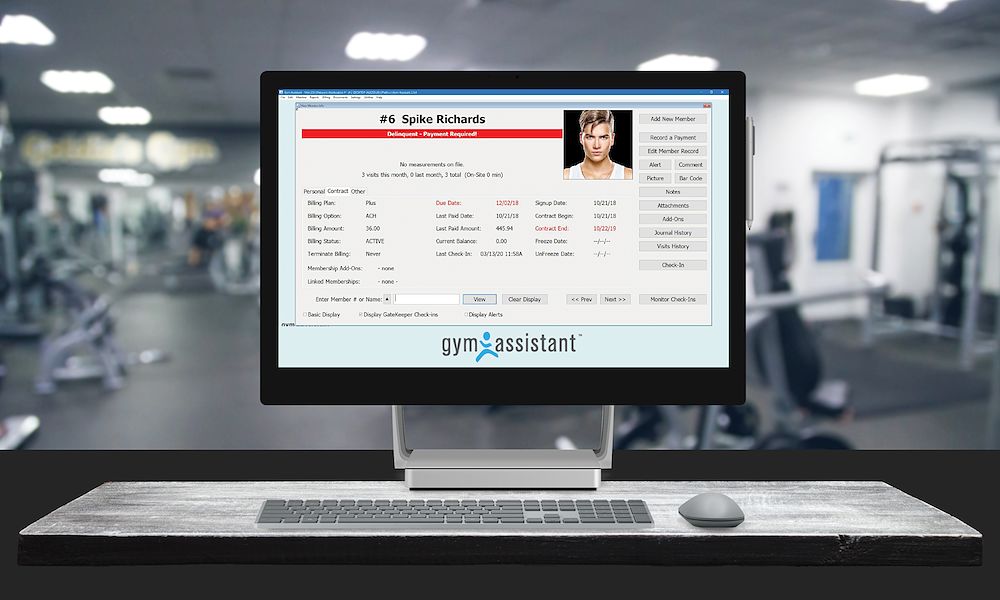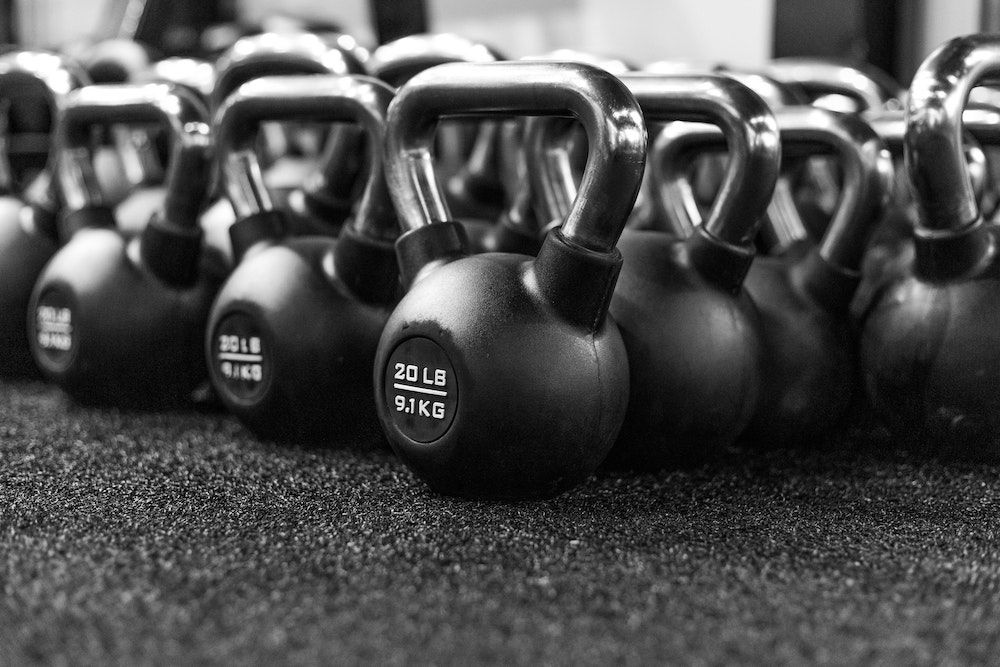Guide to Opening a Successful Gym in Florida
Opening a gym in Florida can be a rewarding business venture, tapping into the state’s health-conscious population and thriving fitness culture. With its year-round warm weather, beautiful beaches, and active communities, Florida provides an excellent environment for a successful fitness business. However, launching a gym requires careful planning, significant investment, and an understanding of local regulations. This comprehensive guide will walk you through the essential steps to open a gym in Florida, from initial planning to the grand opening.
Step 1: Market Research and Business Plan
Conduct Market Research
Before diving into the gym business, conduct thorough market research to understand the local fitness landscape. Assess the demand for gyms in your chosen area, identify your target market, and analyze your competitors. Key factors to consider include:
- Demographics: Age, income level, and lifestyle preferences of the local population.
- Competitors: Types of gyms in the area, their pricing, services offered, and membership trends.
- Market Gaps: Opportunities for unique fitness offerings not currently available.
Develop a Business Plan
A well-crafted business plan is crucial for securing funding and guiding your business. Your business plan should include:
- Executive Summary: An overview of your business, mission statement, and objectives.
- Market Analysis: Insights from your market research.
- Business Structure: Your business model, ownership structure, and management team.
- Services and Products: Types of gym services (e.g., group classes, personal training) and products (e.g., supplements, apparel) you plan to offer.
- Marketing Strategy: How you plan to attract and retain members.
- Financial Projections: Start-up costs, revenue projections, and break-even analysis.
- Funding Requirements: Amount of capital needed and funding sources (e.g., loans, investors).
Step 2: Legal Structure and Registration
Choose a Business Structure
Decide on the legal structure for your gym. Common options include:
- Sole Proprietorship: Simple structure, but with personal liability.
- Partnership: Shared ownership and responsibilities.
- Limited Liability Company (LLC): Provides liability protection without the complexity of a corporation.
- Corporation: More complex and costly, but offers significant liability protection and benefits.
Consult with a business attorney or accountant to choose the best structure for your situation.
Register Your Business
Once you’ve chosen a structure, register your business with the Florida Department of State:
- Name Registration: Choose a unique name and check its availability on the Florida Division of Corporations website.
- File Articles of Organization/Incorporation: Submit the necessary forms and fees for your chosen business structure.
- Obtain an Employer Identification Number (EIN): Apply for an EIN from the IRS for tax purposes.
Step 3: Location and Facility Setup
Find the Right Location
Selecting the right location is critical to your gym’s success. Consider the following factors:
- Visibility and Accessibility: Ensure the gym is easy to find and accessible by foot, car, and public transport.
- Space Requirements: Sufficient space for equipment, workout areas, locker rooms, and additional amenities.
- Zoning Laws: Check local zoning regulations to ensure the property is approved for a gym.
- Lease Terms: Negotiate favorable lease terms, considering factors like rent escalation, renewal options, and maintenance responsibilities.
Design and Equip Your Gym
Design a layout that maximizes space and enhances the member experience. Key areas to include:
- Reception and Lounge Area: Welcoming entrance with seating and refreshments.
- Cardio and Strength Areas: Separate zones for cardio machines, free weights, and resistance equipment.
- Group Exercise Rooms: Flexible spaces for classes like yoga, spinning, and aerobics.
- Locker Rooms: Clean, spacious, and well-equipped with showers and storage.
- Additional Amenities: Consider adding amenities like a sauna, smoothie bar, or childcare center.
Invest in high-quality fitness equipment and ensure compliance with safety standards. Establish relationships with reputable suppliers for ongoing maintenance and updates.
Step 4: Licensing and Permits
Obtain Necessary Licenses and Permits
Operating a gym in Florida requires various licenses and permits:
- Business License: Obtain a general business license from your local city or county government.
- Health and Safety Permits: Ensure compliance with health and safety regulations, including regular inspections.
- Zoning Permit: Verify that your gym location complies with local zoning laws.
- Music Licensing: If you play music in your gym, secure licenses from organizations like ASCAP, BMI, and SESAC.
- Sign Permits: If you plan to install outdoor signage, obtain the necessary permits from your local municipality.
Consult with local authorities and a business attorney to ensure all legal requirements are met.
Step 5: Staffing and Training
Hire Qualified Staff
Your staff will be the face of your gym, so hiring qualified and personable employees is crucial. Key positions include:
- General Manager: Oversees daily operations and manages staff.
- Fitness Instructors/Personal Trainers: Certified professionals to lead classes and provide personal training.
- Front Desk Staff: Welcomes members, handles inquiries, and manages memberships.
- Cleaning and Maintenance Staff: Ensures the gym remains clean and equipment is well-maintained.
Provide Training and Development
Invest in training and development to ensure your staff provides excellent service:
- Onboarding Programs: Comprehensive training for new hires on gym policies, customer service, and safety procedures.
- Continued Education: Encourage ongoing professional development and certification for fitness staff.
- Team Building: Foster a positive work environment through regular team meetings and events.
Step 6: Marketing and Membership Acquisition
Develop a Marketing Strategy
Create a marketing strategy to attract and retain members. Key components include:
- Branding: Develop a strong brand identity with a memorable logo, color scheme, and tagline.
- Website and Online Presence: Build a user-friendly website with online membership options, class schedules, and contact information. Utilize SEO techniques to improve online visibility.
- Social Media: Leverage platforms like Instagram, Facebook, and Twitter to engage with potential members and share content.
- Local Advertising: Use local newspapers, radio, and community events to promote your gym.
Offer Promotions and Membership Deals
Attract new members with enticing promotions and membership deals:
- Free Trials: Offer free trial memberships to attract potential members.
- Discounts: Provide discounts for long-term memberships, referrals, and group sign-ups.
- Special Events: Host open houses, fitness challenges, and workshops to generate interest and showcase your facilities.
Step 7: Grand Opening and Beyond
Plan a Grand Opening Event
Launch your gym with a grand opening event to create buzz and attract new members. Ideas for your event include:
- Tours and Demos: Offer guided tours and equipment demonstrations.
- Free Classes: Host complimentary fitness classes throughout the day.
- Giveaways and Prizes: Conduct raffles and giveaways with memberships and branded merchandise.
- Special Guests: Invite local fitness influencers or celebrities to attend.
Monitor and Improve
After opening, continuously monitor your gym’s performance and seek ways to improve:
- Member Feedback: Regularly solicit feedback from members to identify areas for improvement.
- Performance Metrics: Track key metrics like membership growth, retention rates, and revenue.
- Adapt and Evolve: Stay updated with fitness trends and continually adapt your offerings to meet member needs.
Opening a gym in Florida is a challenging yet rewarding endeavor. By conducting thorough market research, developing a solid business plan, securing the right location, and investing in quality staff and marketing, you can build a successful fitness business. Stay committed to providing exceptional service and fostering a welcoming community, and your gym will thrive in the Sunshine State.
At Gym Assistant we specialise in membership management software that is really easy to use – visit https://www.gymassistant.com/ for more!





